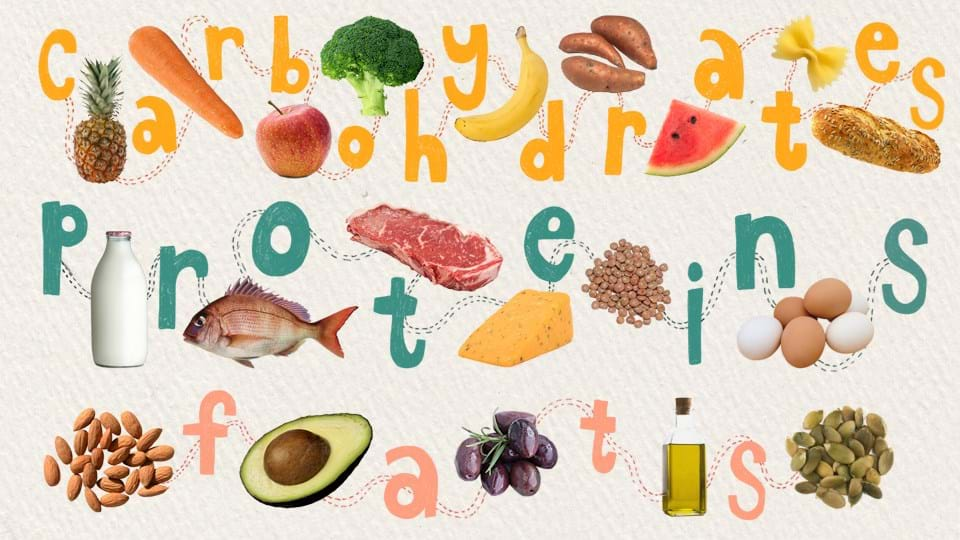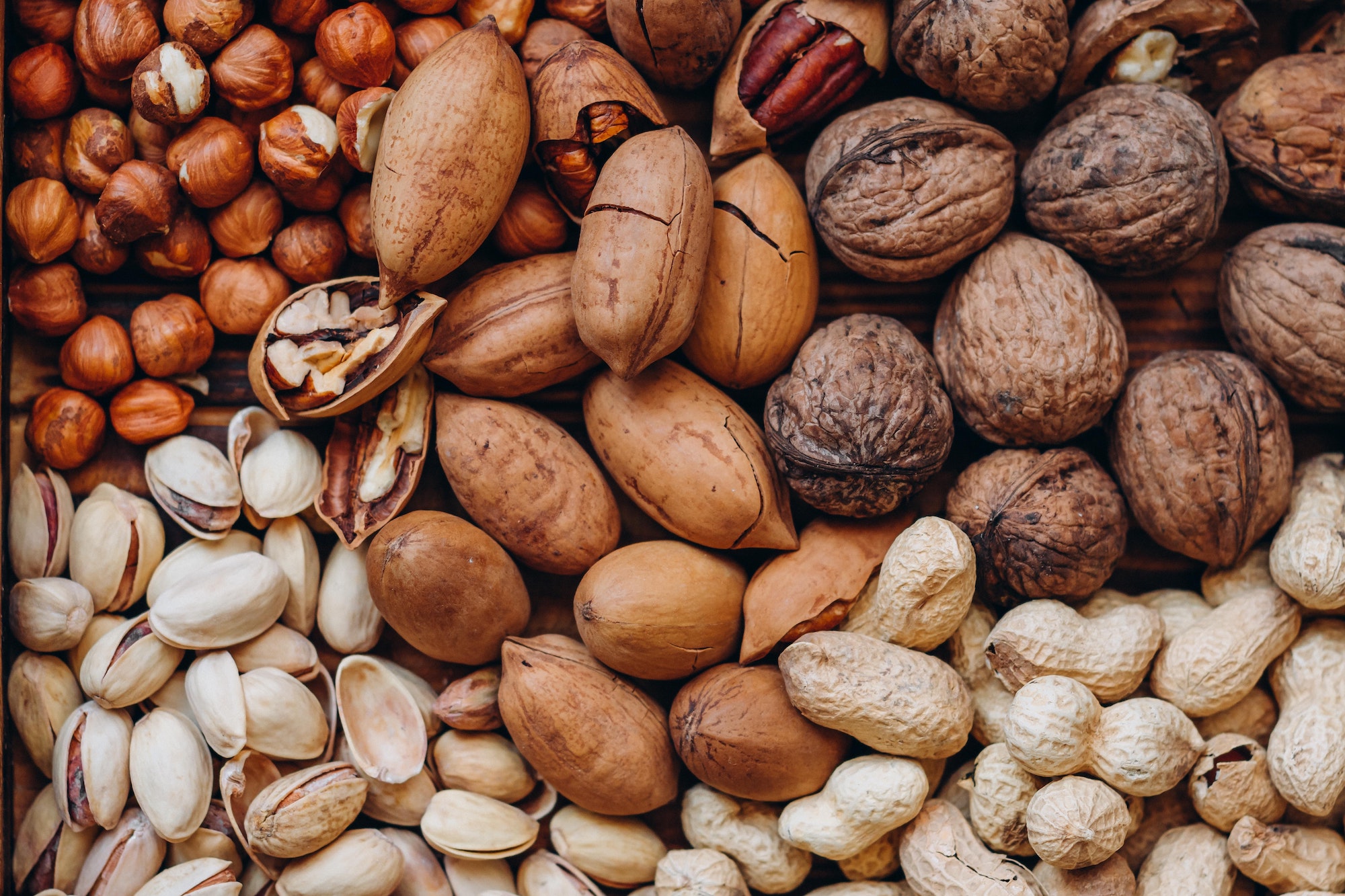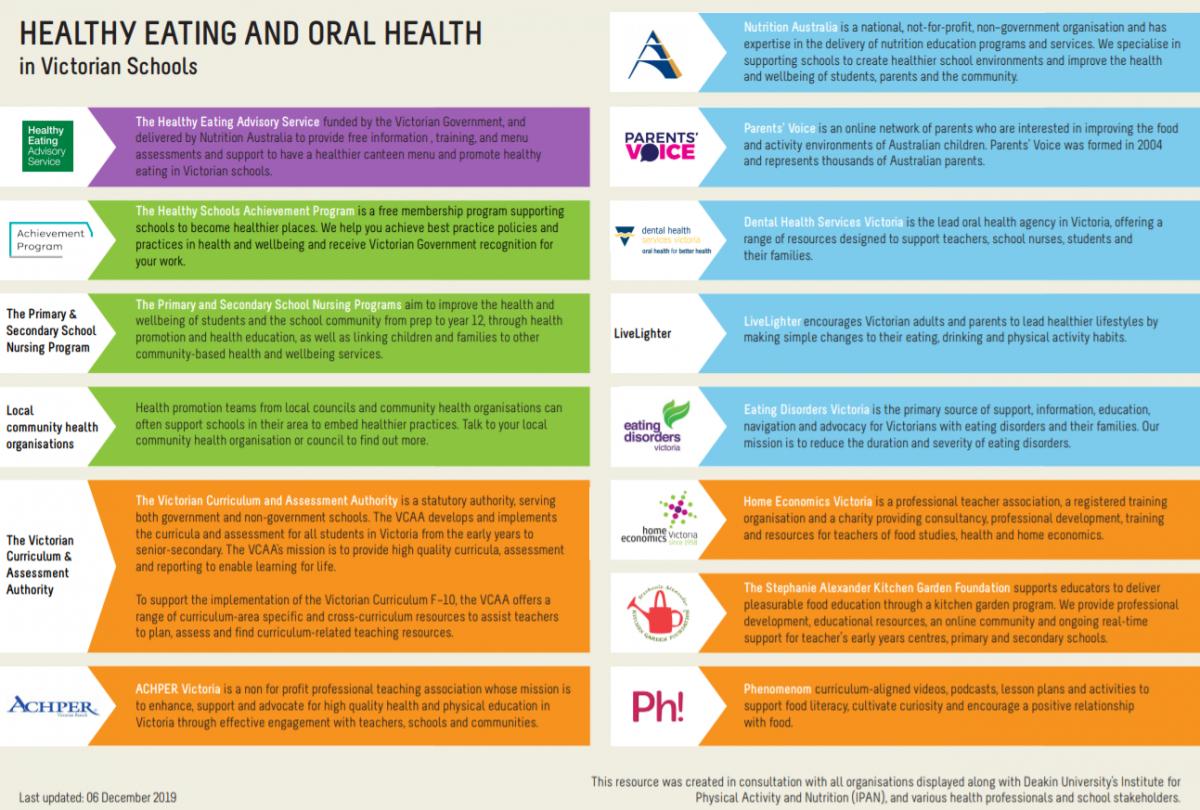
Teenagers face many challenges in their relationship with food. The Diet for Teenagers Only helps teens design a healthy lifestyle. The book provides teens with fun, inspiring, healthy lifestyle tips. A healthier attitude towards your body is more important than a better body shape. This goal can be achieved by learning to love and accept your body.
Take three meals per meal and include healthy snacks. Your teenager is getting more energy and needing it. Avoid snacking on sugary foods that can lead to hunger. A balanced diet is composed of three small meals and several healthy snacks throughout each day. You should limit sugar and salt intake, and include fruits and veggies as side dishes. Ultimately, it's important that your teen is satisfied with his or her diet. It is vital that you and your teen follow a healthy diet plan if you are concerned about their health.

Most teenagers require between 2 and 3 servings of fruit per day, as well as three to 5 servings of meat. A serving is one serving of low-fat milk or dairy food. Your teen should reduce their intake of high-fat desserts and fried foods. This will help them keep a healthy weight and help prevent heart disease. A sample 3000-calorie menu is a helpful tool in planning healthy snacks and meals. This tool allows you to calculate how many calories your teen eats and how many they need.
Healthy eating habits for teenagers are rich in healthy foods that will keep them healthy as they grow. Balanced diets that include fruits, vegetables and whole grains, as well as no-fat or low fat milk products, nuts and fish, can help you grow healthy. A balanced diet will keep you from developing any health problems. In addition to eating a nutritious diet, it will give your teen the energy and nutrients they need to grow strong.
Teenagers should eat a wide range of nutrients including carbohydrates, fat, and vitamins. This diet should also be high in water, as a teenager is more likely to be thirsty than an adult. Therefore, a healthy diet should be balanced with fluids and foods that will keep the teen hydrated. Teens should drink plenty of water. They should avoid alcohol which is high in fat.

A healthy diet for teenagers should be high in iron and zinc. This mineral is essential for the development of red blood cells that carry oxygen throughout the body. Teenagers need iron-rich foods. Lean beef, spinach and other sources of iron are excellent options. The latter is crucial for normal growth. The latter contains more protein than that of the former. It is essential to provide adequate amounts of these nutrients. They should also be rich in fruits, vegetables, and nuts.
FAQ
How does an anti-biotic work?
Antibiotics are drugs that destroy harmful bacteria. To treat bacterial infections, antibiotics are used. There are many options for antibiotics. Some are administered topically, while others can be taken orally.
People who have been exposed are often given antibiotics. An oral antibiotic might be prescribed to someone who has been exposed to chicken pox. This will prevent the spread of shingles. Penicillin might also be administered to someone with strep throat. This will help prevent the possibility of developing pneumonia.
Doctors should prescribe antibiotics to children. Children are at greater risk than adults for developing serious side effects from taking antibiotics.
The most common side effect of antibiotics is diarrhea. Other side effects possible include dizziness, nausea, vomiting, stomach cramps, dizziness and allergic reactions. These side effects usually disappear once treatment has ended.
How can I live my best life everyday?
To live a happy life, the first step is to discover what makes you happy. Once you know what makes you happy, you can work backwards from there. Asking other people how they live their best lives every day is also a good idea.
You can also read books by Wayne Dyer, such as "How to Live Your Best Life". He speaks about happiness and fulfillment in all areas of life.
What is the difference in calorie and kilocalories?
Calories can be used to measure how much energy is in food. The unit of measurement is called a calorie. One calorie equals one degree Celsius of energy to raise water temperature by 1 gram.
Kilocalories can also be used to refer to calories. Kilocalories are expressed in thousandths (or a calorie). For example, 1000 calories equals one kilocalorie.
How can I tell what is good for me?
Your body is your best friend. Your body knows what you need when it comes time to eat, exercise, and get enough rest. Your body will tell you what to do so that you don't go overboard. Take care of your body and make sure that you're staying healthy.
How often should I exercise
Fitness is key to a healthy lifestyle. You don't have to exercise for a certain amount of time. Finding something you enjoy is key. Stick with it.
If you are working out three times a weeks, aim to do 20-30 minute of moderate intensity. Moderate intensity is when you still have to breathe hard after the workout. This type workout burns about 300 calories.
You can walk for 10 minutes every day if that is what you prefer. Walking is low impact and easy on your joints.
Jogging is an alternative to running. You can do it for as little as 15 minutes each day. Running can help you burn calories and to tone your muscles.
Begin slowly if your are not used to working out. Begin by only doing 5 minutes of cardio five times per week. Gradually increase the time you do cardio until your goal is reached.
Statistics
- nutrients.[17]X Research sourceWhole grains to try include: 100% whole wheat pasta and bread, brown rice, whole grain oats, farro, millet, quinoa, and barley. (wikihow.com)
- According to the 2020 Dietary Guidelines for Americans, a balanced diet high in fruits and vegetables, lean protein, low-fat dairy and whole grains is needed for optimal energy. (mayoclinichealthsystem.org)
- This article received 11 testimonials and 86% of readers who voted found it helpful, earning it our reader-approved status. (wikihow.com)
- WHO recommends reducing saturated fats to less than 10% of total energy intake; reducing trans-fats to less than 1% of total energy intake; and replacing both saturated fats and trans-fats to unsaturated fats. (who.int)
External Links
How To
What does "vitamin" actually mean?
Vitamins are organic compounds that can be found in foods. Vitamins allow us to absorb nutrients from food. Vitamins are not made by the body, so they must be obtained through food.
There are two types if vitamins: water soluble, and fat soluble. Water-soluble vitamins dissolve easily when they are dissolved in water. Vitamin C,B1(thiamine), B2 (2riboflavin), and B3 (3niacin), as well as vitamin C,B1, B2 (riboflavin), and B3 (niacin), vitamin B6 (pyridoxine), vitamin folic acid (biotin), pantothenic, and choline are examples. Fat-soluble vitamins are stored in the liver, fatty tissue and kidneys. You can find vitamin D, E K, A, beta carotene, and other fat-soluble vitamins.
Vitamins can be classified according to biological activity. There are eight major types of vitamins:
-
A - essential for normal growth and maintenance of health.
-
C – essential for proper nerve function.
-
D - Vital for healthy bones and teeth
-
E - needed for good vision and reproduction.
-
K - Essential for healthy muscles and nerves.
-
P - Essential for strong bones and teeth.
-
Q - aids digestion and absorption of iron.
-
R - necessary for making red blood cells.
The recommended daily allowance (RDA) of vitamins varies depending on age, gender, and physical condition. The U.S. Food and Drug Administration has established the RDA values.
For adults aged 19 and older, the RDA for vitamin B is 400 micrograms daily. Pregnant women require 600 micrograms daily to support fetal development. Children ages 1-8 require 900 micrograms per day. Infants below one year old require 700mg per day. But, between 9 months to 12 months, the amount drops to 500mg per day.
Children ages 1-18years who are obese need 800 micrograms per day while those who are overweight need 1000 micrograms per day and children who are underweight need 1200 micrograms per day to meet their nutritional needs.
2200 mg of vitamin A per day is required for children aged 4-8 who have been diagnosed by anemia.
2000 micrograms is the minimum daily intake for adults over 50 years old to maintain good health. Due to their increased nutrient needs, pregnant and breastfeeding women need 3000 micrograms daily.
1500 micrograms is the recommended daily intake for adults aged 70+, who lose approximately 10% of muscle each year.
Women who are pregnant or lactating need more than the RDA. Pregnant and breastfeeding women require 4000 micrograms each day during pregnancy and 2500 Micrograms each day after delivery. Breastfeeding mothers need 5000 mg per day when breastmilk is being produced.